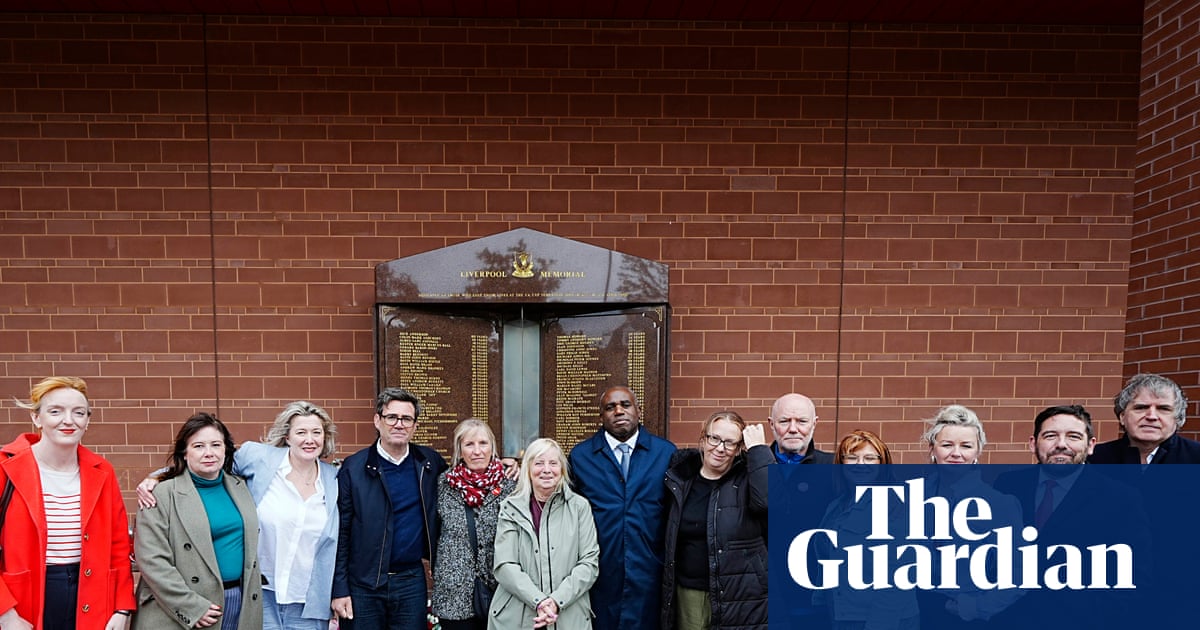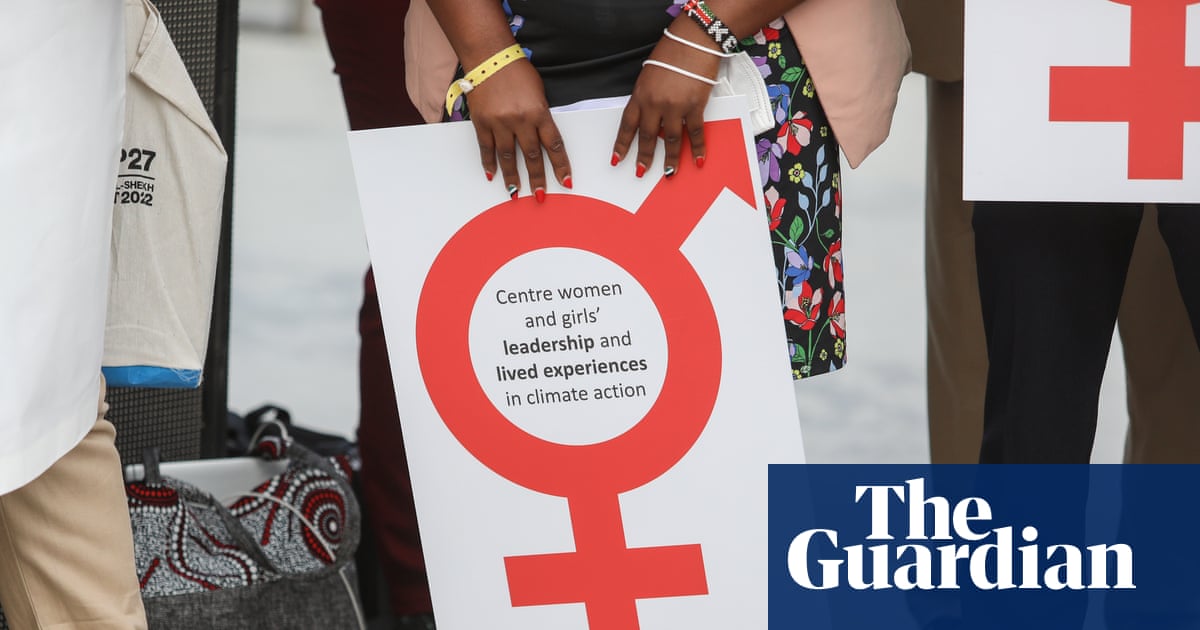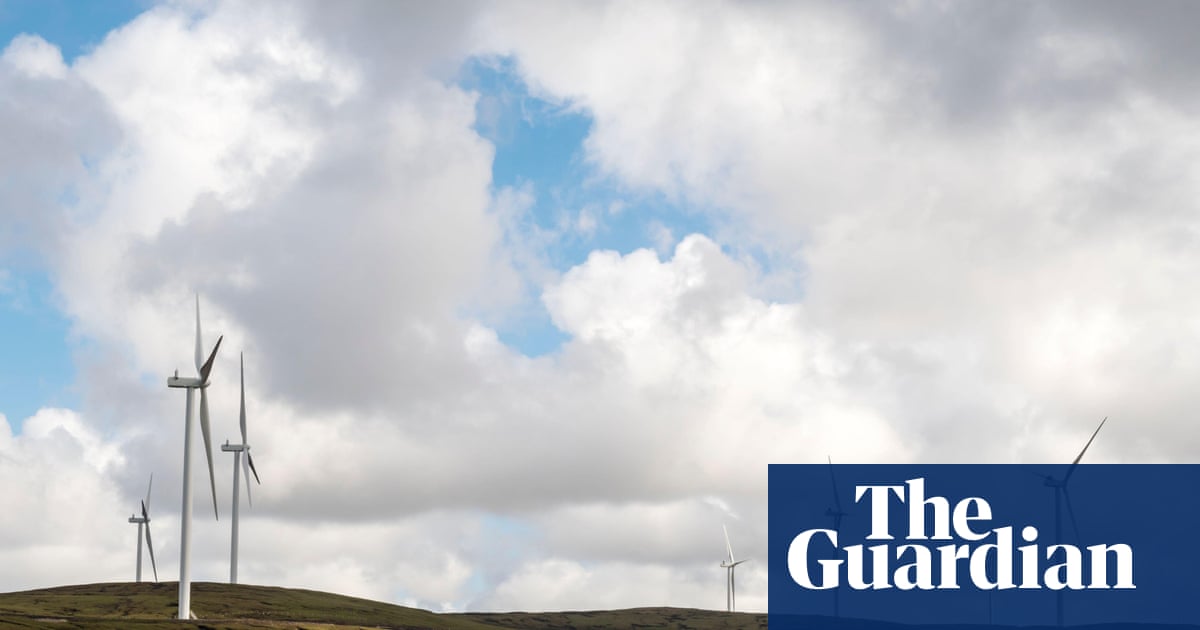Water shortages are no longer a distant threat. By 2055, in England alone, the public will face a shortfall of 5bn litres a day – a shortfall of such immensity it will require societal and cultural change, which experts argue needs to start today.
Scientists have long predicted that the UK would not be immune to climate change-induced extreme weather. The evidence is all too clear now that our traditionally grey, mild and wet European island – which this weekend experienced a heatwave made 100 times more likely by climate breakdown – is already in the midst of a water crisis that will only worsen in years to come.
The Environment Agency has said it expects water companies to save 60% of the 5bn litres a day shortfall by managing customer demand and reducing the 3bn litres a day they leak from their pipework.
The remaining 40% would come from boosting supply, including through the construction of new reservoirs and water transfer schemes.
David Black, the chief executive of Ofwat, has recently urged people to cut water use by shortening shower times, collecting rainwater and turning off taps when brushing teeth. And last week, Affinity Water advised customers to cut water use with the same tips.
While these are sensible ways to reduce individual household consumption, with public trust in the water industry at an all-time low as a result of Britain’s rivers being flooded with sewage, it might be a hard message to land.
What is so far missing is a strategic response from the government, the regulators and water companies to change behaviours and facilitate the reuse of rainwater as well as the greywater in our homes – the runoff from baths, showers, and washing machines – to properly tackle high water consumption.
The average person in the UK uses 142 litres of water a day, compared with 78 litres a day in Slovakia – the lowest in Europe – and 300 litres per day in Switzerland (Europe’s highest).
While the government has a target under the Environment Act 2021 for individuals to cut their water use to 122 litres per person per day by 2037-38 – considered far too unambitious by many – the existence of the target is a mystery to most people because there has been no public information campaign, no social media outreach and no widespread household leafleting to explain the problem and encourage changes to our lifestyles to reduce consumption.
Ofwat has been talking about a public information campaign for several years, and the Guardian understands that after many delays, a £100m campaign will be launched later this autumn.
For their part, water companies are focusing bill payers’ money on mega-engineering projects to boost supplies, such as desalination plants, water transfers and new reservoirs, rather than investing significant energy into a strategic approach to make reuse a feasible option in our homes.
Mark Lloyd, the chief executive of the Rivers Trust, said rather than being seen as waste, water must be treated as a precious resource, managed as close as possible to where it falls as rain and appreciated for the critical role it plays in our economy, ecosystems and in keeping us alive.
“We cannot simply build and bulldoze our way to water resilience,” he said.
Smart metres are considered the best way to cut household consumption because they provide real-time usage data, identify leaks and encourage behavioural change. Yet only an estimated 12% of households in England have smart meters fitted.
after newsletter promotion
In countries more used to drought conditions, holding on to water and reusing it is an established system. Rainwater collection and reuse, capture and reuse of greywater, are all tried and tested methods to reduce water consumption in countries such as Australia, Cyprus, the US and Japan.
In Cyprus, one of the most water stressed countries in Europe, the reuse of greywater that comes from washing machines, basins and baths is reducing consumption in households by 50%.
In Japan, the most common greywater reuse system in a home is a toilet with a hand basin set into the top of the cistern, which allows water from handwashing to form part of the refill volume of the toilet. Residential reuse projects for non-potable water – that is not suitable for drinking – can be found in every state of Australia.
Alastair Chisholm, the chief executive of the Chartered Institution of Water and Environmental Management, said harvesting rainwater or greywater and reusing it to flush toilets could cut an individual’s water use to 80 litres per person per day.
He wants the government to set up a national rainwater management strategy and make it mandatory that new-build properties limit consumption to 80 litres per person per day via new pipes and fittings to enable rainwater or greywater reuse.
Building regulations also need to change to mandate water efficiency to 80 litres per person per day in new homes, he said.
“We need to treat rainwater as a resource and asset to be valued and we need regulatory and policy change to do this,” said Chisholm.

.png) 2 months ago
60
2 months ago
60

















































